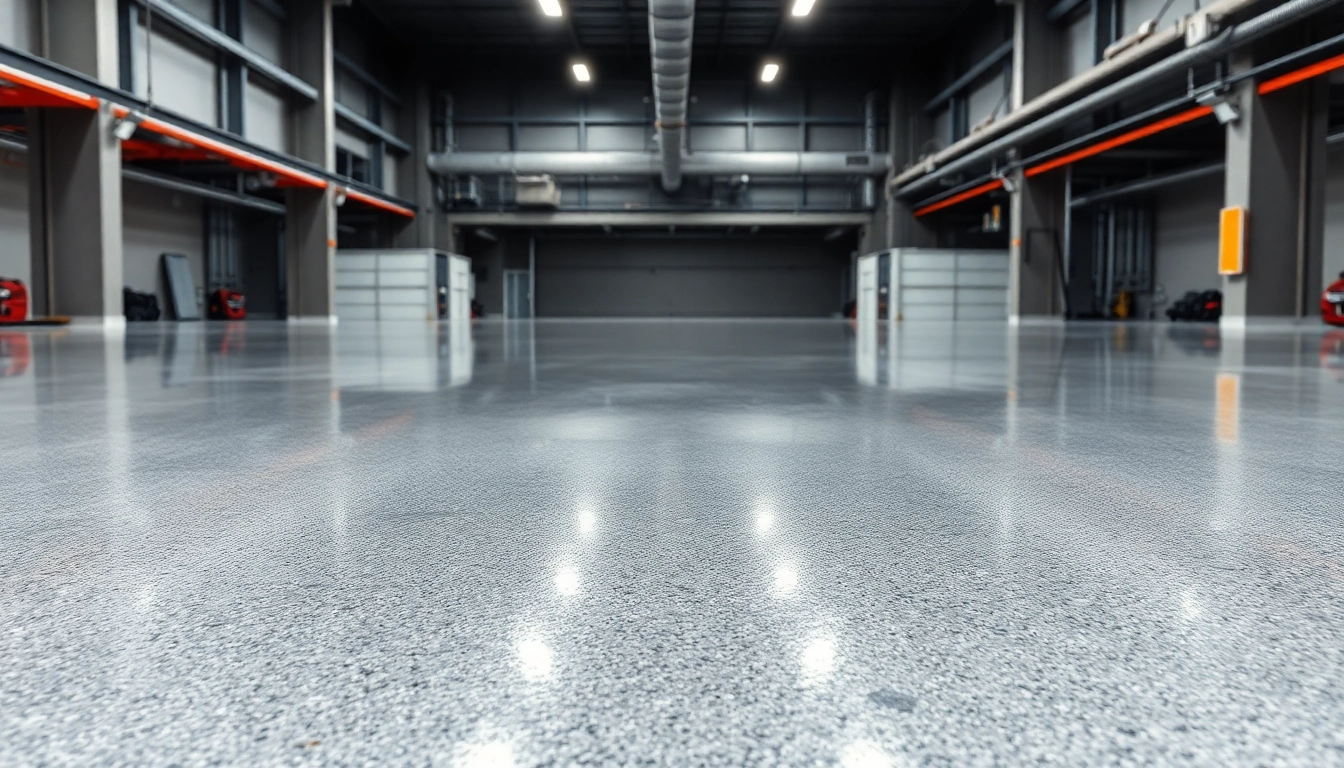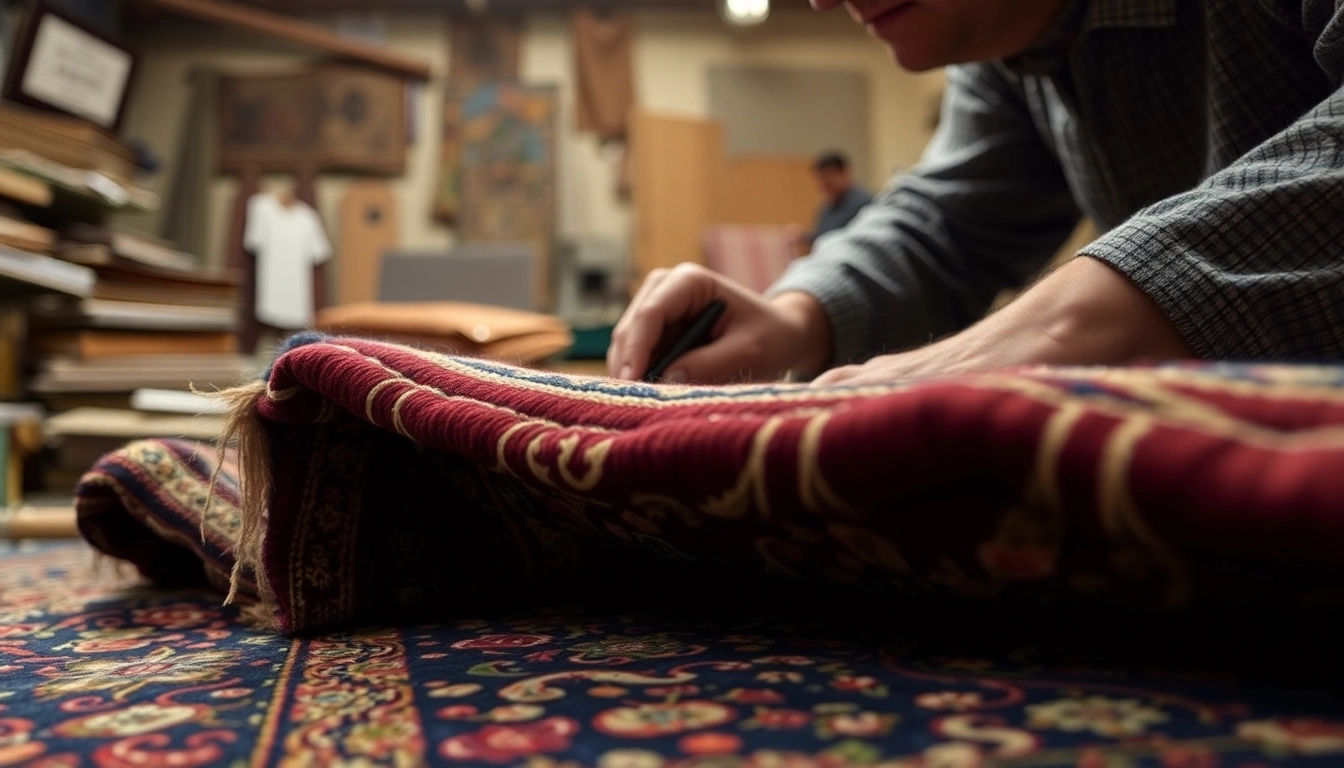Understanding Epoxy Resin Floors: Benefits and Applications
Epoxy resin floors have become increasingly popular across various sectors due to their exceptional durability, aesthetic appeal, and versatility. Whether in residential garages, commercial retail spaces, or high-demand industrial environments, epoxy floors provide a seamless, resilient surface that combines form and function effectively. If you’re considering upgrading your flooring, understanding the fundamental benefits and practical applications of epoxy resin flooring is essential. For insightful guidance and professional installation options, explore more about epoxy resin floor solutions tailored to your needs.
The core advantage of epoxy flooring lies in its chemical composition: a two-part resin system that, when applied and cured, forms a hard, glossy surface with high resistance to wear, chemicals, and impact. This durability makes epoxy an ideal choice for spaces experiencing heavy foot traffic, machinery movement, or exposure to corrosive substances. Moreover, epoxy floors offer significant aesthetic customization, allowing for varied finishes—from sleek, high-gloss surfaces to textured, decorative effects suitable for retail displays or residential aesthetics.
Beyond their robust performance, epoxy floors are also valued for their ease of maintenance and long-lasting performance, which minimize operational costs and repair expenses over time. This comprehensive overview explores the types, applications, design options, application processes, costs, and future trends of epoxy resin flooring—empowering you to make informed decisions about this superior flooring solution.
Types of Epoxy Resin Floor Systems and Their Advantages
1. Solid Epoxy Coatings
Solid epoxy coatings are characterized by their high resin content without additional fillers or aggregates. They provide a thick, seamless, and highly durable surface that can withstand heavy industrial loads. These are ideal for warehouse floors, manufacturing plants, and any environment where impacts and chemical exposure are prevalent. Their glossy finish enhances lighting and visual clarity, improving safety and efficiency.
2. Self-Leveling Epoxy Floors
Self-leveling epoxies are designed for smooth, flat surfaces with excellent aesthetic appeal. They are frequently used in commercial environments such as showrooms, kitchens, and medical facilities where a high-gloss, uniform appearance is desired. Their ease of application and quick curing times make them a popular choice for refurbishments.
3. Decorative Epoxy Systems
Incorporating decorative elements such as color flakes, metallic pigments, and embedded textures, these epoxy systems elevate standard flooring into stylish, customized surfaces. They are extensively used in retail, hospitality, and residential settings, offering a broad palette of design options while maintaining resilience.
Advantages of Epoxy Systems
- Exceptional durability against abrasion, impact, and chemicals
- Seamless and hygienic surface—easy to clean and disinfect
- Wide variety of finishes, colors, and decorative effects
- Cost-effective over the lifespan due to longevity and low maintenance
Common Uses in Residential, Commercial, and Industrial Spaces
Residential Applications
Epoxy floors are increasingly popular in home garages, basements, and kitchens. Their seamless surface addresses common issues like dust and spills while providing a stylish, high-end look, especially with decorative effects such as marble or metallic finishes.
Commercial Applications
Retail environments, restaurants, and showrooms benefit from epoxy’s aesthetic versatility and ease of cleaning. Epoxy floors resist staining and provide a professional, polished appearance that can enhance brand image and customer experience.
Industrial and Heavy-Duty Spaces
Factories, warehouses, and manufacturing facilities require floors that endure heavy machinery, frequent impacts, and chemical exposure. High-performance epoxy systems, like those from Rockhard USA epoxy kits, are tailored for these demanding environments, offering superior strength and chemical resistance.
How Epoxy Floors Enhance Safety and Aesthetic Appeal
Safety features of epoxy floors include slip-resistant textures and high visibility finishes, crucial for reducing workplace accidents. Epoxy’s reflective surface also improves lighting efficiency, decreasing electrical costs while creating a clean, professional environment.
Aesthetically, epoxy flooring transforms spaces with vibrant colors, certain decorative effects like metallic or flake finishes, and even customized logos or patterns. This versatility supports branding and personal style, making it a preferred choice for retail stores, hospitality venues, and modern residential interiors.
Proper application and maintenance retain these visual and safety benefits over time, ensuring longevity and sustained appeal.
Preparation and Application of Epoxy Resin Floors
Surface Preparation: Cleaning, Repairing, and Priming
Successful epoxy installation hinges on meticulous surface prep. The concrete or substrate must be clean, dry, and free of dust, oil, or previous coatings. Cracks and holes should be repaired, and the surface should be roughened via grinding or shot blasting to promote adhesion. Priming with a suitable epoxy primer ensures better bonding and reduces bubbles.
Step-by-Step Application Process for a Smooth Finish
1. Surface preparation: as outlined above.
2. Mixing: combine resin and hardener thoroughly per manufacturer instructions.
3. Priming: apply primer and let cure.
4. Epoxy pouring: pour and spread the mixture evenly using trowels or squeegees.
5. Decorative elements: add flakes or pigments prior to the final cure.
6. Topcoat application: seal with a clear epoxy or polyurethane for gloss and extra protection.
7. Curing: allow sufficient time based on environmental conditions before use.
Tips for DIY Installation versus Professional Installation
DIY projects are feasible with proper preparation, equipment, and adherence to safety protocols. However, professional installers provide expertise in surface prep, environmental controls, and curing conditions, often delivering a higher-quality finish within a shorter timeframe. For complex, large, or high-performance requirements, engaging professionals ensures optimal results.
Design Options and Customization for Epoxy Floors
Color Choices, Flakes, and Decorative Effects
Modern epoxy kits offer an extensive palette—solid colors, metallic pigments, and multicolored flakes—that can be combined for customized aesthetics. Flakes embedded in the surface add texture and hide imperfections, while solid colors underpin minimalist or vibrant themes.
Adding Metallic Pigments and Textures
Metallic epoxy coatings incorporate pearlescent or mica-based powders, producing shimmering, dynamic surfaces. These are popular in luxury residential spaces and showrooms, offering depth and movement to the floor’s appearance.
Maintaining and Prolonging Aesthetics
Regular cleaning with gentle detergents, prompt spill removal, and periodic re-sealing or topcoats help preserve the look. Avoid abrasive tools that can scratch the surface, and consider adding anti-slip aggregates if the floor is in high-traffic or moisture-prone areas.
Cost Factors and Performance Metrics
Budget Considerations and High-Quality Product Selection
Costs vary based on epoxy type, surface size, decorative elements, and labor. Basic kits, such as EPODEX kits, start at affordable prices, while industrial-grade systems like from Rockhard USA can be costly but offer superior performance. Choosing high-quality products reduces long-term costs via durability and reduced maintenance.
Durability, Chemical Resistance, and Ease of Maintenance
Modern epoxy systems offer excellent chemical resistance—making them suitable for laboratories and manufacturing—alongside impact and abrasion resistance. Simplified cleaning protocols prolong aesthetics and performance, making epoxy floors a sustainable choice.
Measuring Installation Success: Longevity and User Satisfaction
Success is gauged by the floor’s appearance retention, resistance to damage, and user feedback. Well-installed epoxy floors can last 10-20 years with appropriate care, offering a cost-effective and reliable surface.
Innovative Trends and Future of Epoxy Resin Flooring
Eco-Friendly and Low VOC Epoxy Formulations
As environmental consciousness grows, manufacturers develop low VOC (Volatile Organic Compounds) and solvent-free epoxy formulations. These are safer for installers and end-users, reducing indoor air pollution while maintaining high performance.
Integration with Smart Flooring Technologies
Emerging trends include embedding sensors within epoxy layers for moisture monitoring, temperature regulation, or lighting controls. Such innovations enhance operational efficiency and safety in high-tech facilities.
Emerging Decorative and Performance Enhancements
Advancements involve UV-resistant epoxies for outdoor applications, anti-microbial coatings for healthcare settings, and textured finishes for slip resistance. These innovations expand epoxy’s versatility across sectors.



